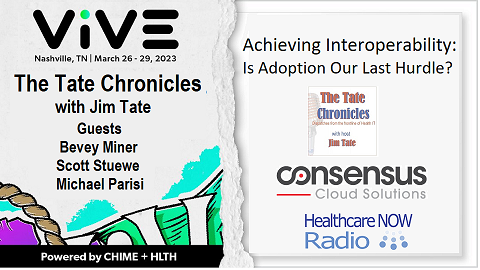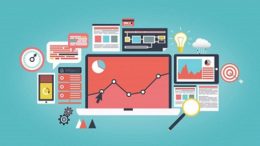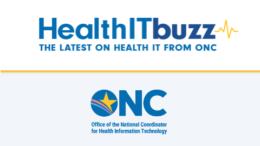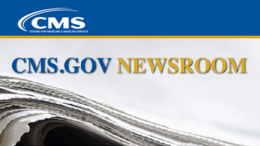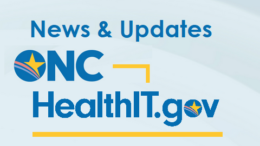The Tate Chronicles with Consensus Cloud Solutions at ViVE 2023
Listen in to this special episode of The Tate Chronicles from ViVE in Nashville. Host Jim Tate and his guests, Bevey Miner, Scott Stuewe, and Michael Parisi discuss what are our final hurdles to interoperability.
Read More
